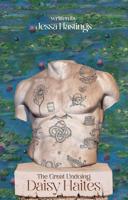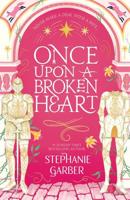Publisher's Synopsis
Excerpt from The Medea of Euripides
Alkestis, one1 of the Hehe'o'es, and her husband Admetus of Pherae. With the Medea (431 b.c.) Euripides not only treats a novel subject - the story of Medea and Jason after their flight from Iolkos to Korinth - but displays very remarkably that novelty Of manner which distinguishes him from the elder tragedians. It is as a psychological study Of a passionate and haughty nature goaded to extremity by the cruellest of wrongs that his heroine interests us; and we are fain to acknowledge that, by the convincing strength of his delineation, Euripides has attained that supreme plane of tragedy where move the Klytaemnestra of Aeschylus and the Oedipus of Sophokles'. But in the character of the drama itself there is a wide difference between the Medea, and the Agamemnozz or Oedipus T yramzus. The criticism of the younger tragedian implied in what Aeschylus is made to say2 by Aristophanes in the Frogs is, as far as it goes, perfectly just. Euripides was in fact the first to make the interest Of a play depend upon the analysis of a single passion; and to place upon the stage images of female character, not of normal nor yet heroic mould, but exhibited under the influence of some overmastering emotion. The portraiture Of a noble type, such as the A ntzjgone Of Sophokles, is replaced by a study more in the manner of Balzac of some abnormal psychic condition - and, like the dramatists of the Elizabethan age, he sometimes turns to the morbid and revolting in search of dramatic effect. It is not the supreme art of Sophokles handling with firm touch the great laws Of human existence, nor that of Shakspeare at his best; but, like a gloomy tragedy of Ford, it achieves success by presenting the exceptional with insight and dramatic proba bility and asserting its tremendous effect from time to time upon the normal course of human life. Thus indeed does Euripides well merit the epithet rpa'ytxoi'raros. About the Publisher Forgotten Books publishes hundreds of thousands of rare and classic books. Find more at www.forgottenbooks.com This book is a reproduction of an important historical work. Forgotten Books uses state-of-the-art technology to digitally reconstruct the work, preserving the original format whilst repairing imperfections present in the aged copy. In rare cases, an imperfection in the original, such as a blemish or missing page, may be replicated in our edition. We do, however, repair the vast majority of imperfections successfully; any imperfections that remain are intentionally left to preserve the state of such historical works.






















